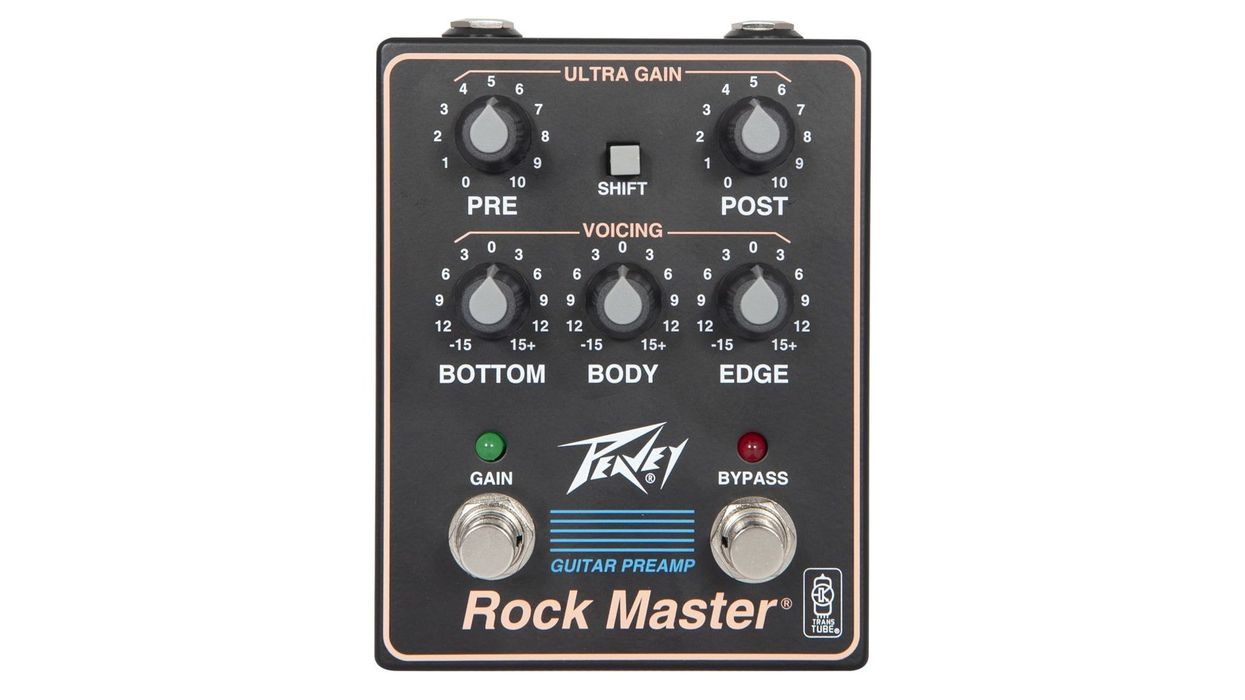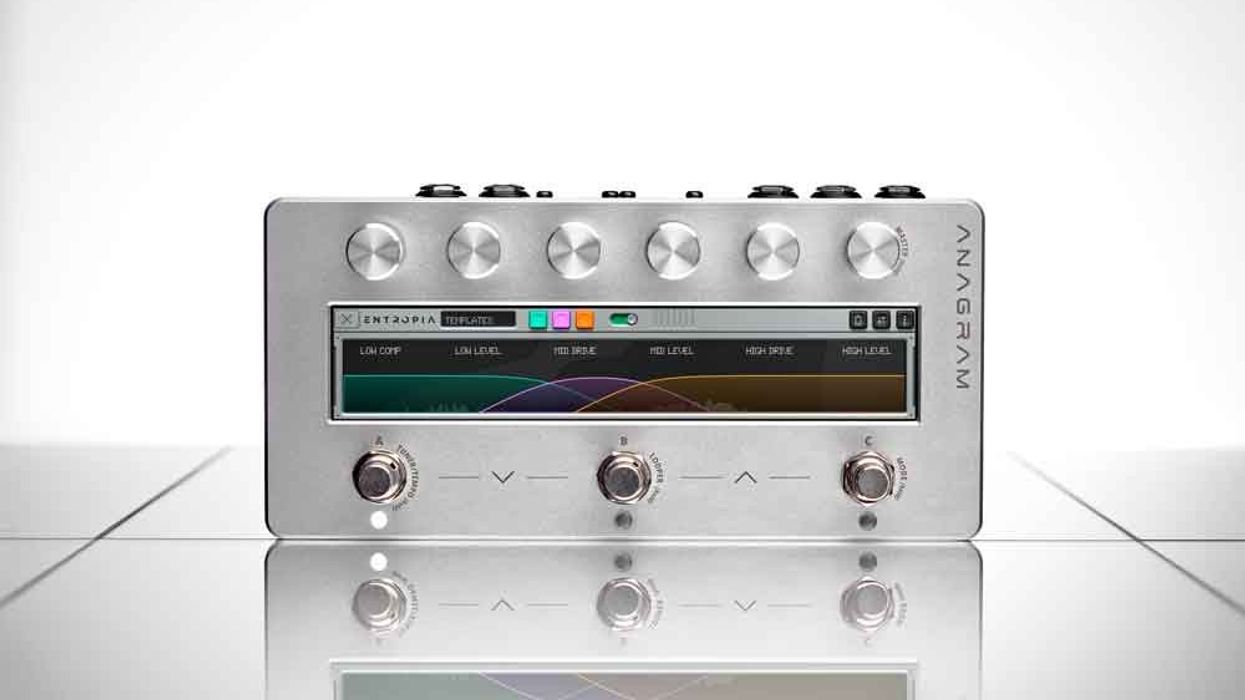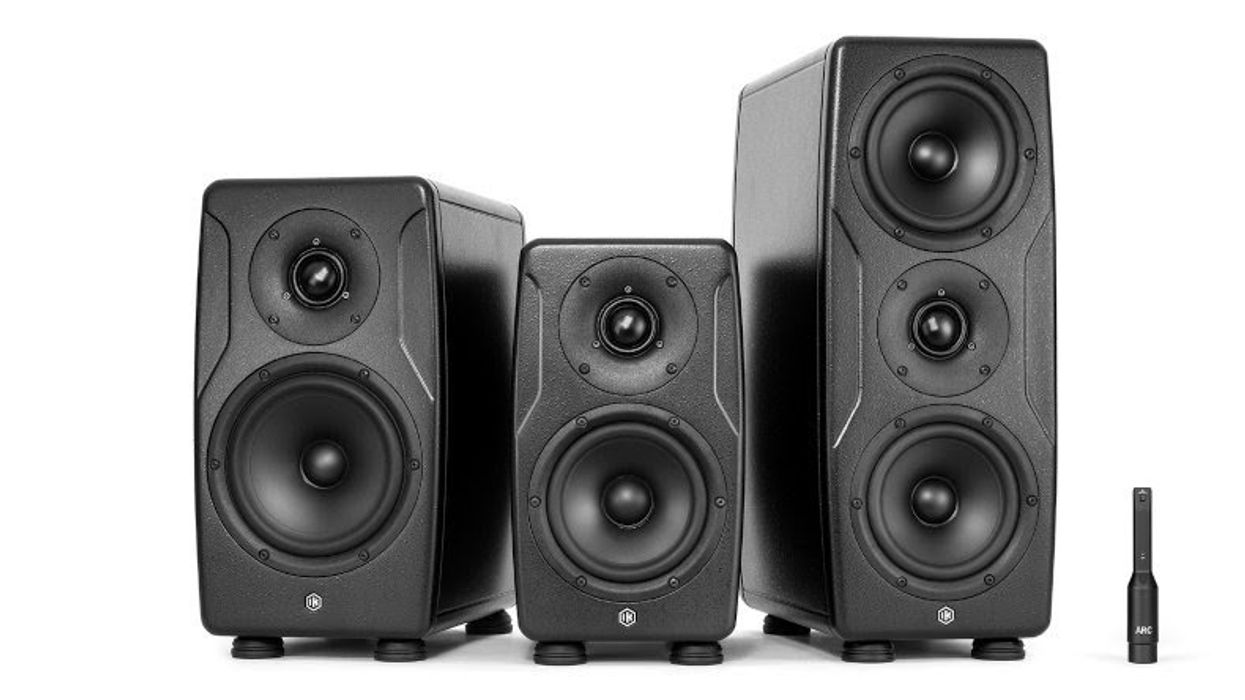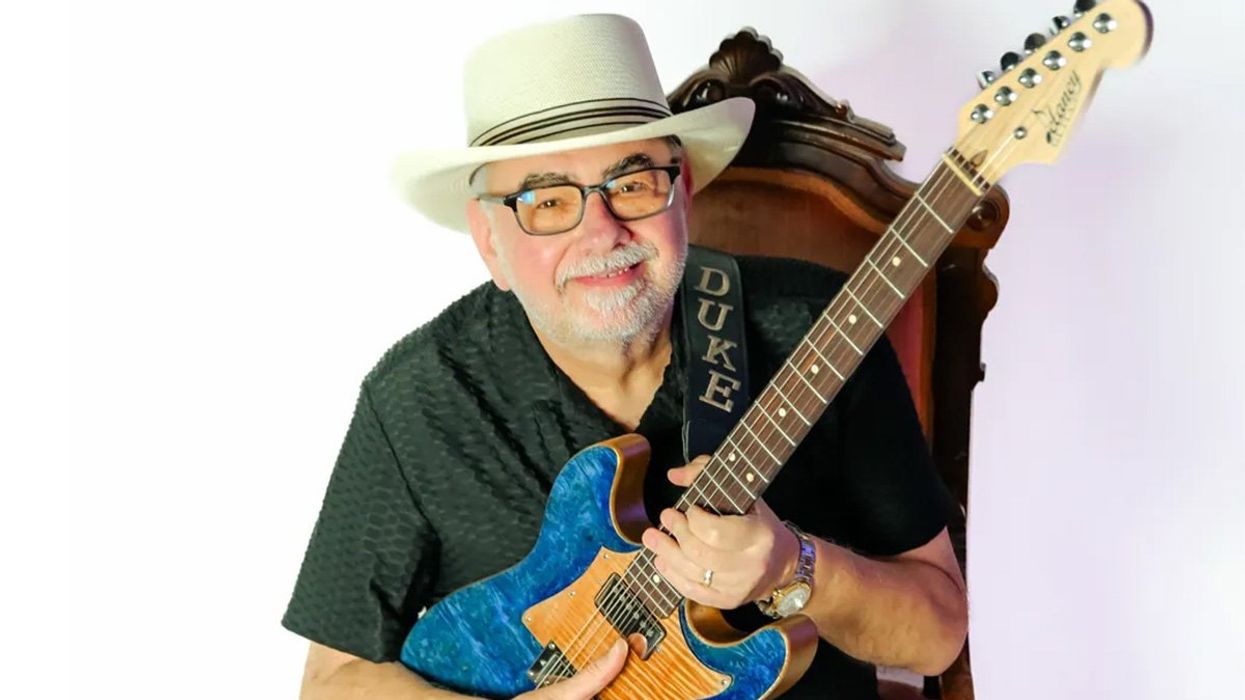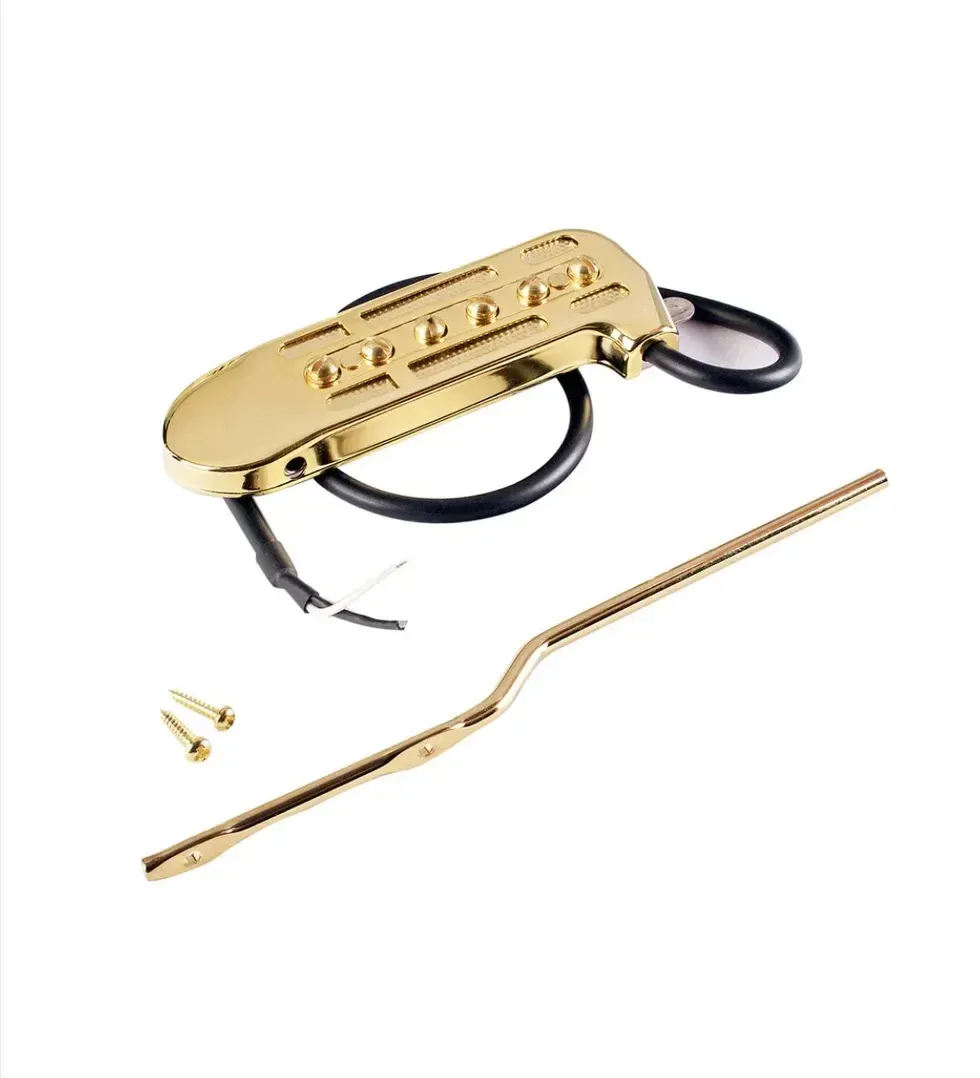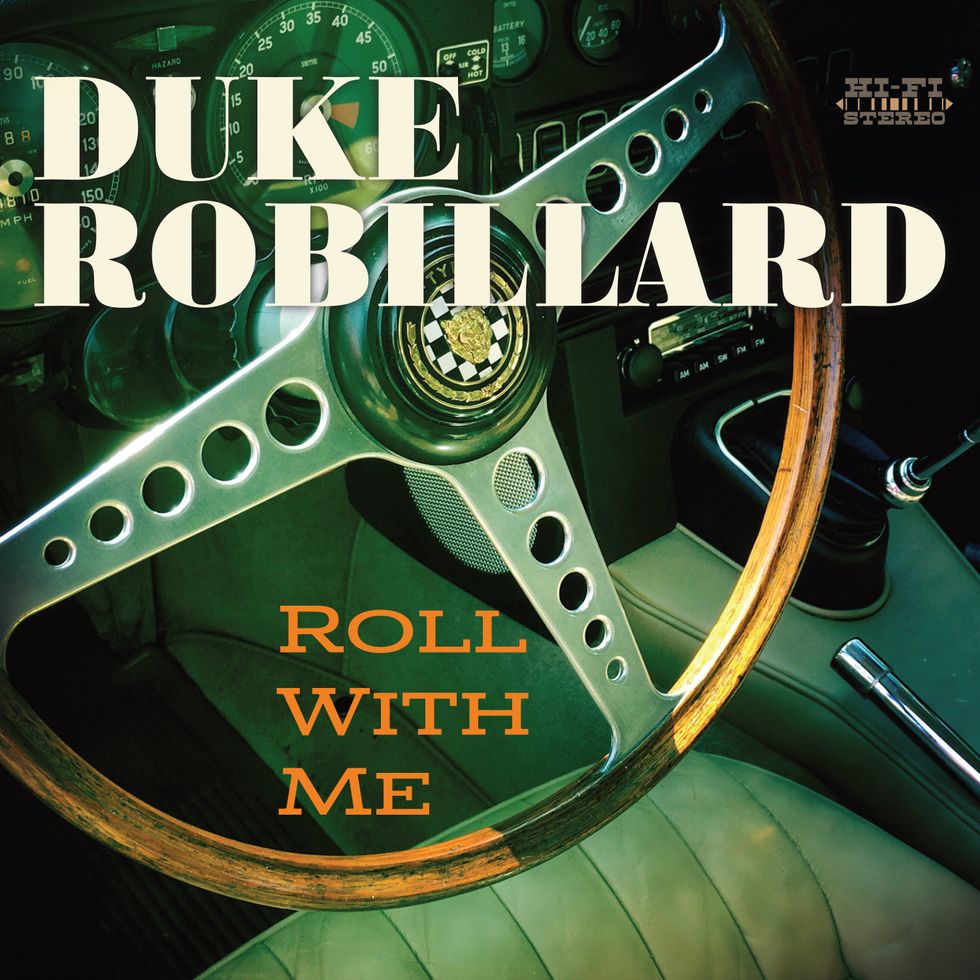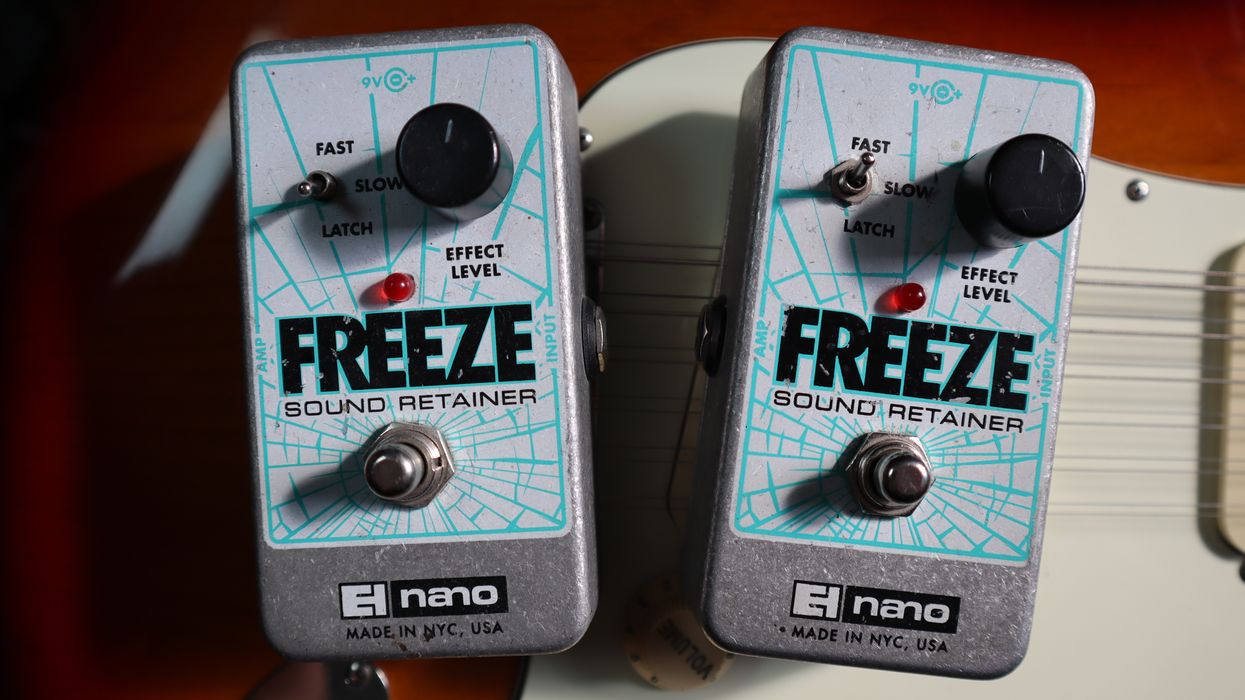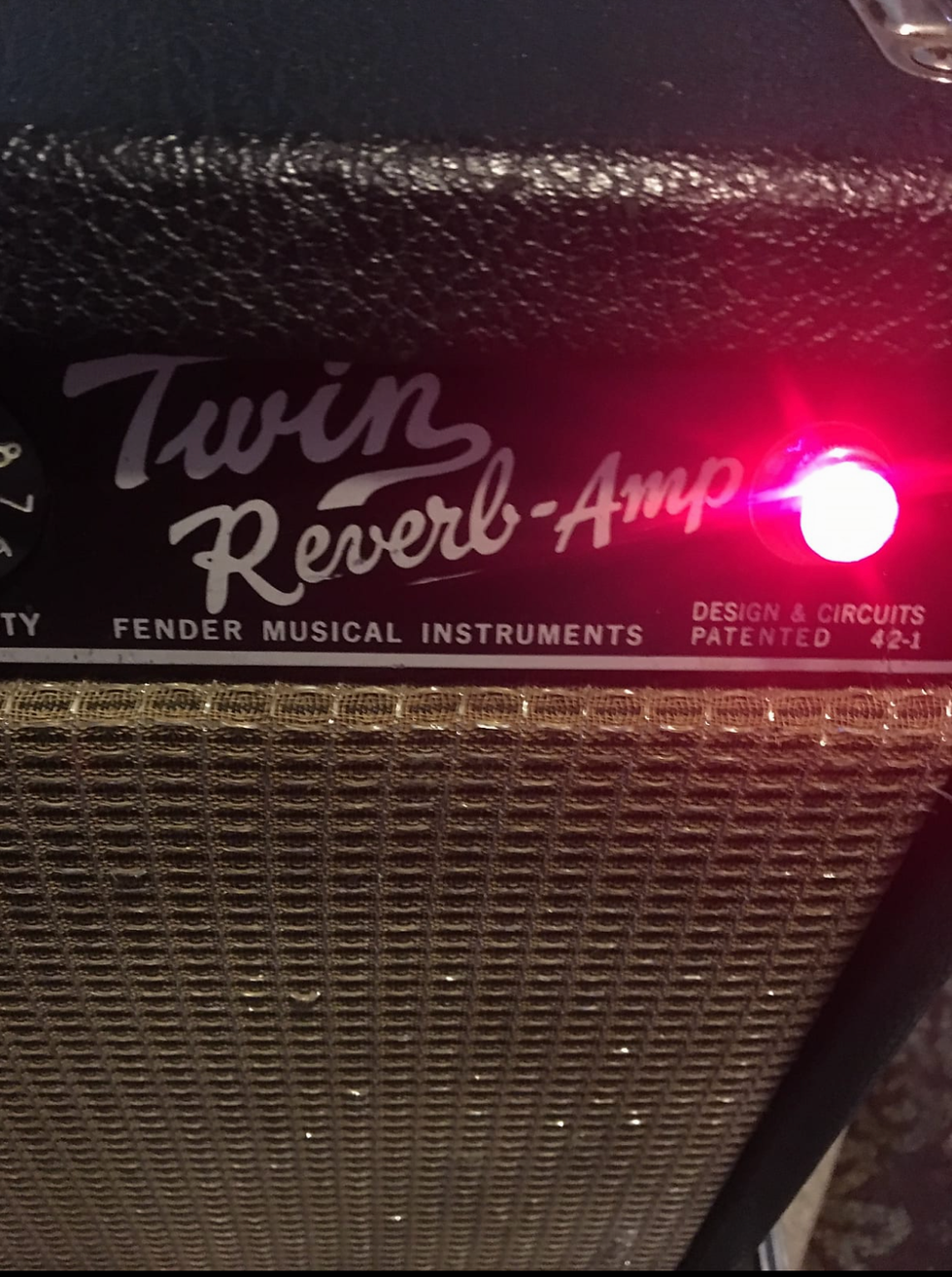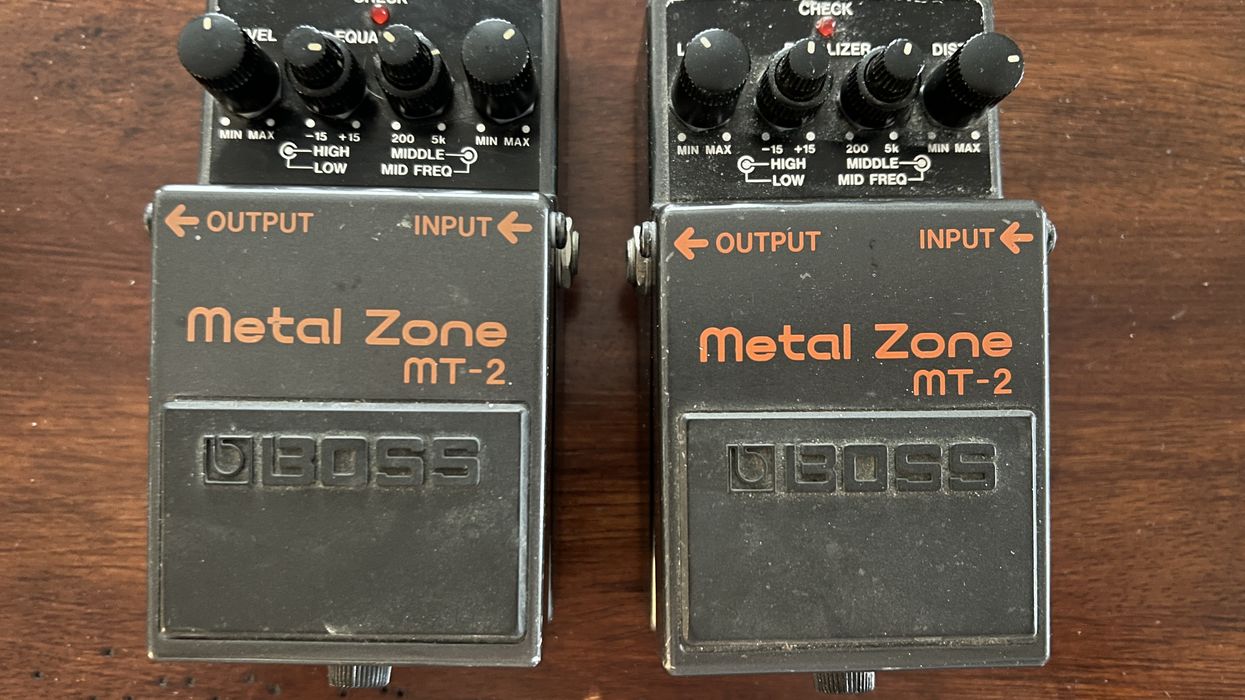If you’re not yet using expression pedals, you should consider them. They have the power to expand and control your sonic universe. For the uninitiated, expression pedals are controllers that typically look like volume or wah pedals. Of course, traditional volume and wah pedals are expression pedals, too, but they are dedicated to controlling only those two effects.
Modern expression pedals allow you to assign and control parameters of your stomps or modelers by moving the expression pedal as you would a volume or wah. Dunlop, Boss, Ernie Ball, Yamaha, Behringer, Mission Engineering, and other manufacturers make these handy devices.
Many, but not all, of today’s stompboxes and modelers have expression pedal inputs that allow for manipulation of one or more parameters of those devices. In the past, this required bending over and turning a knob, or trying to turn a small knob with your foot—both of which can hamper your playing. The freedom of an expression pedal is the control you have over more aspects of your sound, especially in a live setting.
Although some of the uses for expression pedals below can also be accomplished by creating multiple presets, that will not allow real-time control over the parameters like an expression pedal will. Here are some notes about expression pedal use that might get you thinking about how one could help you.
Delay Repeats: Controlling the timing of a delay with tap tempo is very common, but how about controlling the number of repeats? With an expression pedal, by setting the expression control on your delay to control the number of repeats, you can easily go from a few for your rhythm sound to more for your lead sound, and then back off again.
Reverb and Delay Mix: The mix control on reverb and delay pedals allows you to balance the amount of wet to dry signal that you hear. There is often a delicate line to having just the right amount of wet signal with these two effects. If you have too much, your sound can be washed out and undefined. Too little and it can be dry and lack space. The part you are playing, and the venue you are in, can also change the amount of mix you need for these effects. By using an expression pedal for the mix control on reverb or delay, you can alter the sound on the fly to compensate for the part and the room, including turning down the mix for busy parts and up for parts with fewer notes.“Some uses for expression pedals can also be accomplished by creating multiple presets, but that will not allow real-time control over the parameters like an expression pedal will.”
Modulation Depth: The depth of a modulation effect, like a phaser, can drastically alter your guitar sound. A light amount can create a feeling of subtle movement, while a heavy amount can give a thick, underwater-type sound. An expression pedal can help you create a constant feeling of change throughout a song, allowing you to build up and break down the depth for different sections as you see fit.
Tremolo Speed: While the speed of tremolo can often be controlled by tap tempo, using an expression pedal for the same parameter offers other creative uses of the effect. With an expression pedal, you can easily speed the tremolo up to make subtle increases to the energy of a part or slow it down to decrease the energy. You can also create drastic changes in the speed that sound like a fan accelerating or slowing down. Or you can abruptly turn the tremolo off. This last option can be an exciting way to end a song or part.
EQ Change: Every guitar player uses EQ to sculpt their sound—whether via the tone controls on your instrument or amp (modelers included), or a dedicated equalizer used as part of your rig. Subtle tweaks can help you do things like balance out different guitars, cut through the mix more, or compensate for a boomy stage. Real-time control of EQ with an expression pedal is more common in the modeler world than the amp and pedal world, but it does exist in both. For example, increasing the midrange can give you more clarity and cut for solos. Decreasing it can create a flatter sound that can help you stay in the mix with the rest of the band. An expression pedal allows you to have one setting and alter it for multiple situations or guitars as opposed to having separate presets.
While this is a very short list of options for expression-pedal use, it should give you a good place to start. The most important thing is to always be creative, have fun, and find your own voice. An expression pedal can help you do all three.
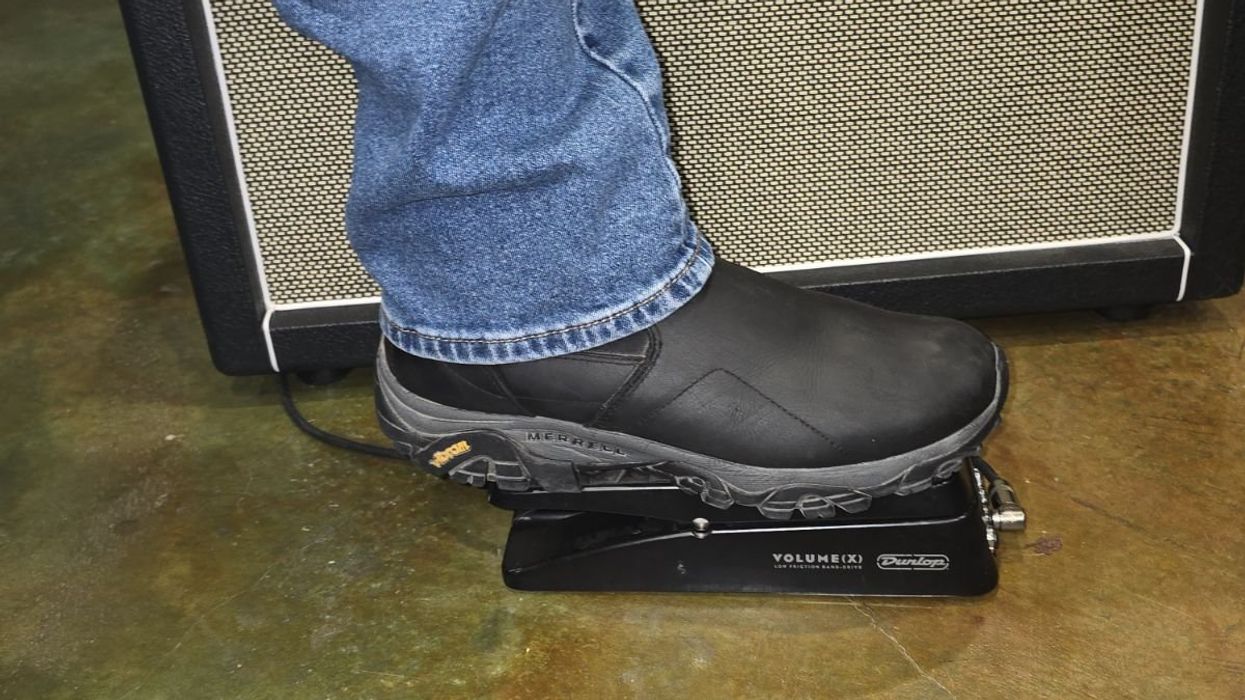

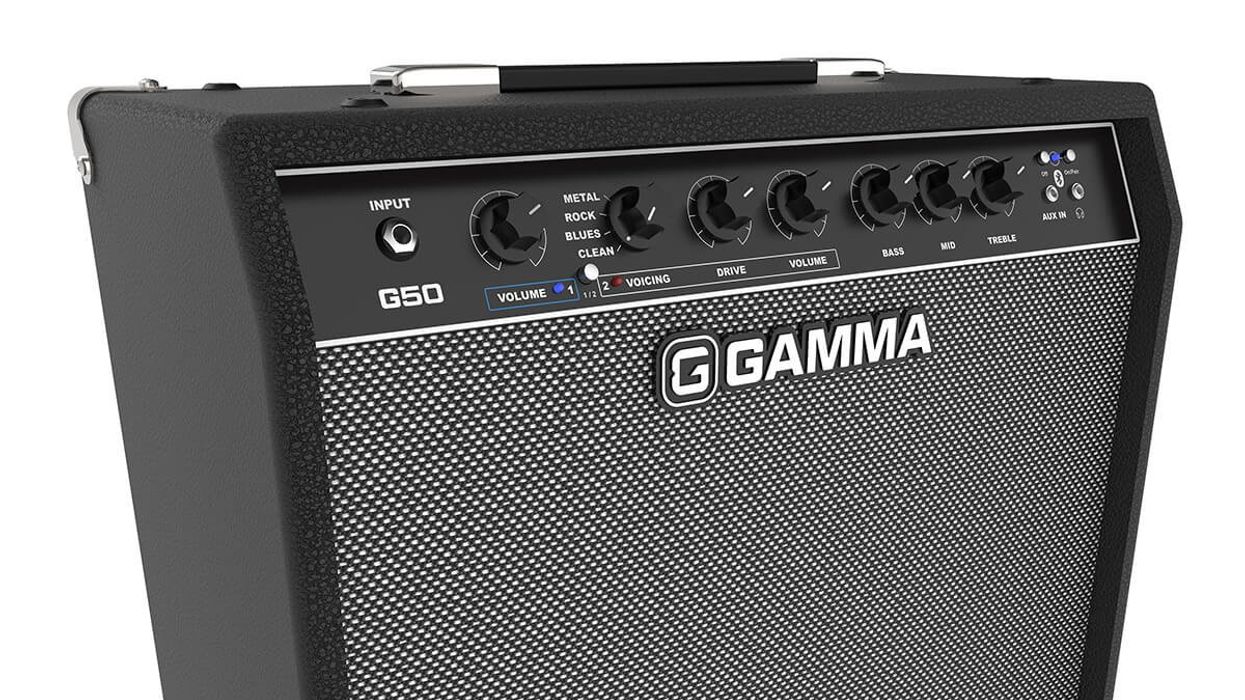
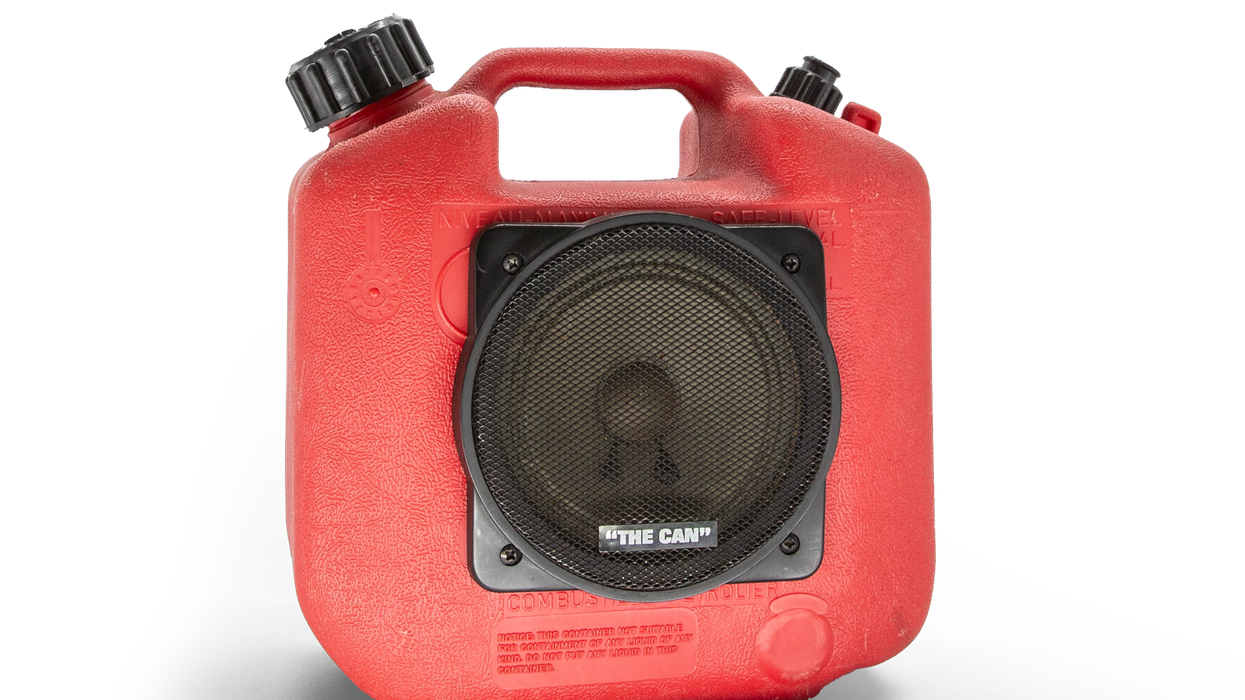
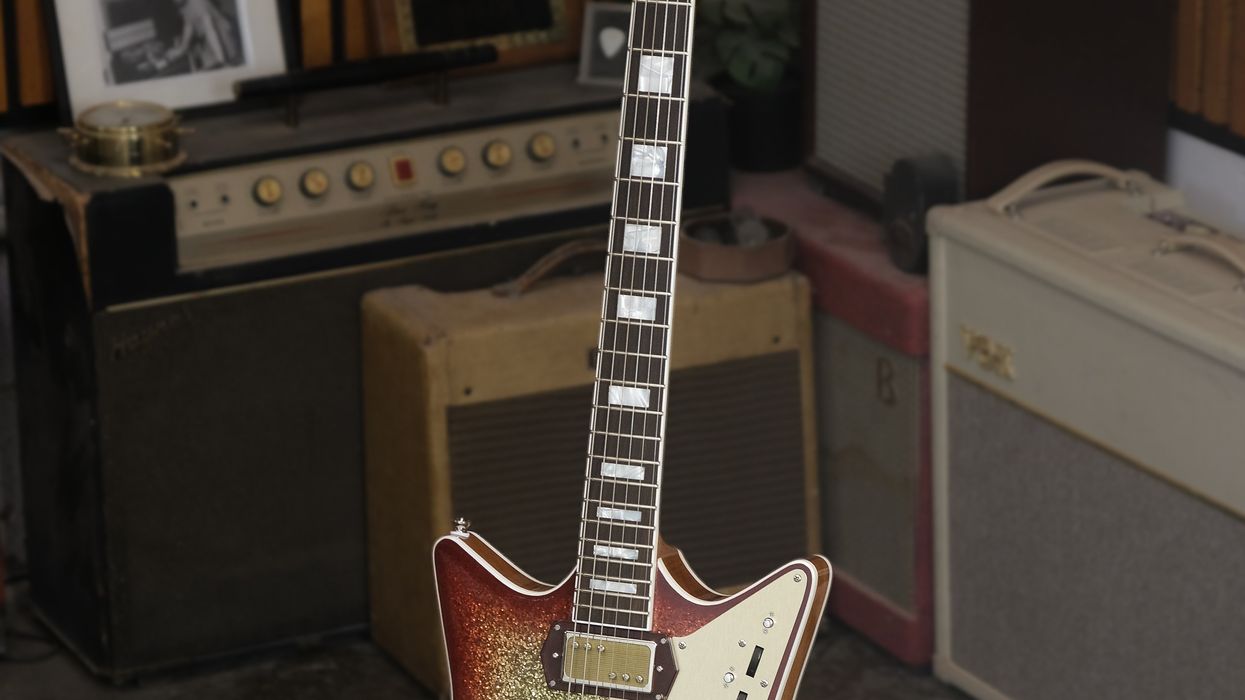
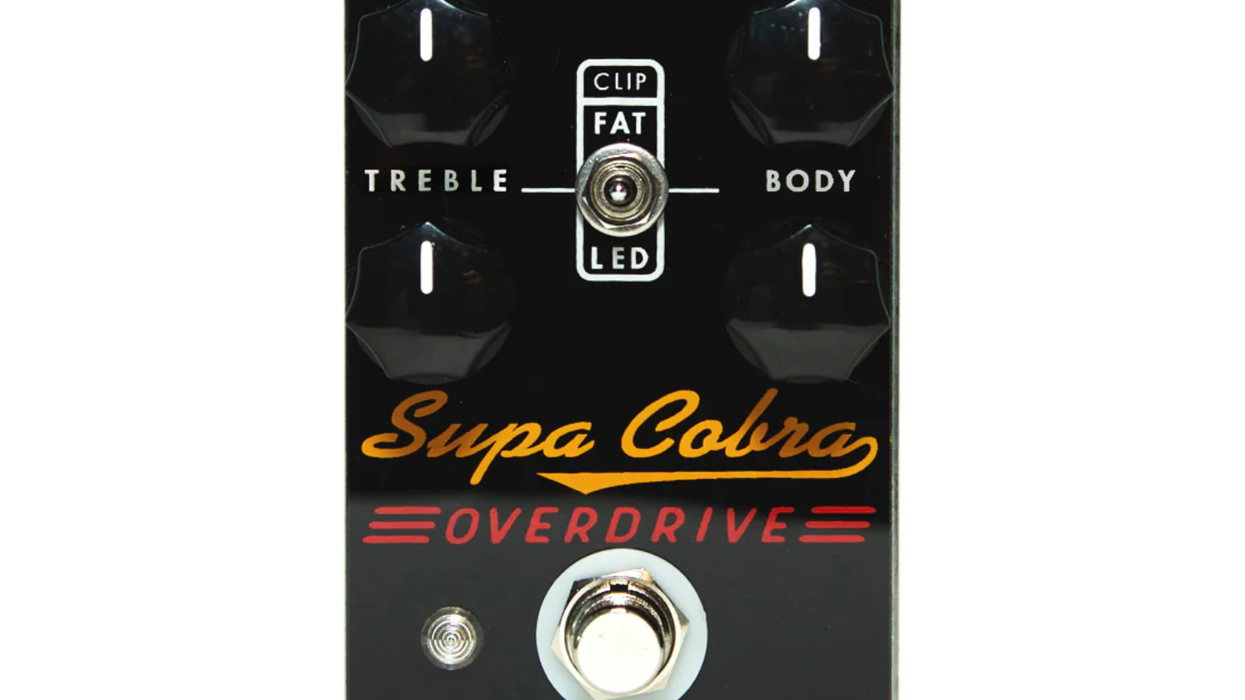
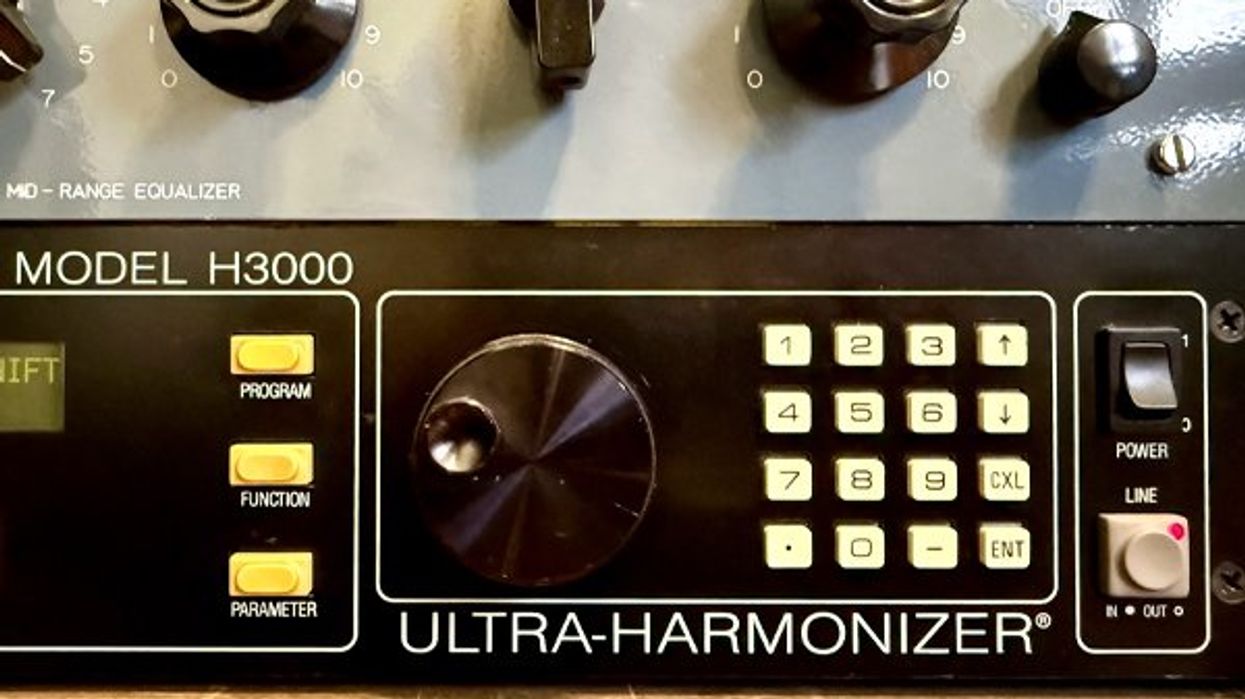
 Guitarists are used to coveting cranky, old gear, but if you’re not a rack user, the H3000 might not be for you! If you ever see one of these in a studio, be sure to take some time to check it out, and maybe give the plugin a try.
Guitarists are used to coveting cranky, old gear, but if you’re not a rack user, the H3000 might not be for you! If you ever see one of these in a studio, be sure to take some time to check it out, and maybe give the plugin a try.